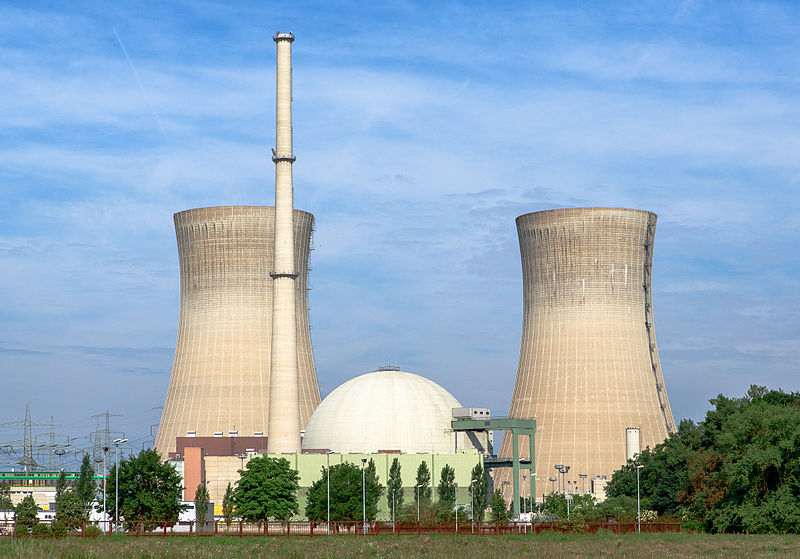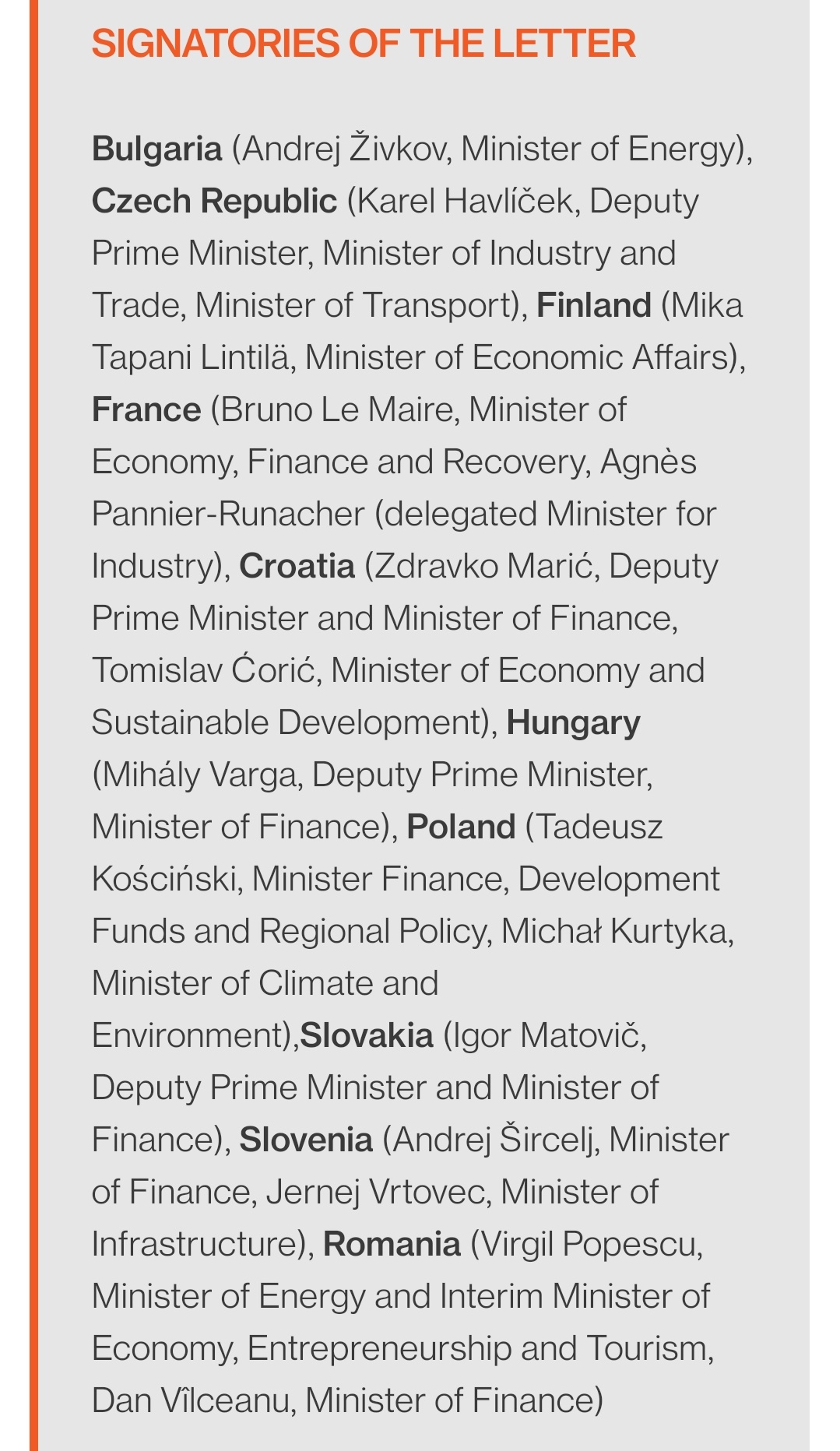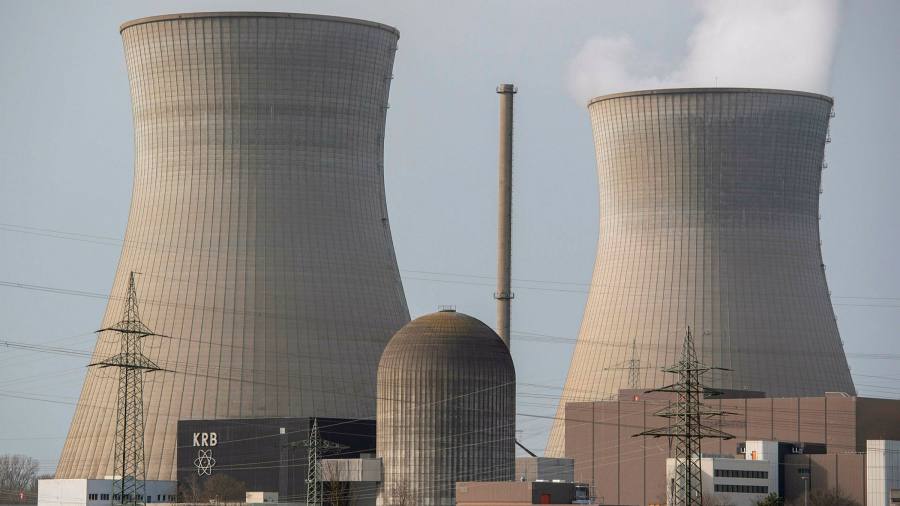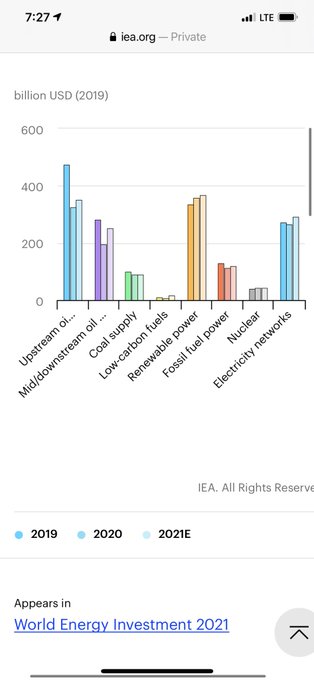Reposted from BrusselsReport.eu

Flanked by cooling towers, a nuclear reactor is contained inside a spherical containment building (Wikipedia – Copyright: Attribution-ShareAlike 3.0 Unported (CC BY-SA 3.0))
By Samuel Furfari, Professor at Université libre de Bruxelles, President of the European Society for Engineers and Industrialists, and former European Commission official, and Ernest Mund, Professor Em. at Université catholique de Louvain (UCL)
The EU’s climate plans come with many negative economic and environmental consequences that are leading the EU’s mid-term future into the wrong direction.
In an article in La Libre Belgique with the title “Europe’s long green march towards unity”, a former senior European Commission official sings the praises of the EU’s “Green Deal”, writing:
“The breadth and depth of the Green Deal is now apparent in all its scope: the decarbonisation of industry, mobility and housing, the absorption and sequestration of carbon, the rehabilitation and revitalisation of agricultural land, forests and oceans, the protection of endangered plant and animal species, which does not only amount to a new social contract between man and nature. They are about a new world order and a transformation of our economic and social system. A project of this magnitude must be based on democratic ideals, social justice and cultural progress.”
To speak of a “long green march” is an unfortunate metaphor, insofar as it refers to the age of Mao Zedong (1934), the starting point of a regime that gradually transformed China into a survival economy, marked by the famines of the Great Leap Forward (1961) and by the Cultural Revolution (1966), before reforms on a different basis were implemented that allowed for recovery. This is certainly not the goal the architects of the European Green Plan have in mind.
However, in the light of what is projected for energy production by 2050, it is likely that the plan comes with a set of very unfavourable economic and environmental consequences that could set the EU’s medium-term future in a bad direction. These difficulties could be avoided if ideology won’t get in the way.
Without abundant and cheap energy, there is no progress or prosperity.
This was understood by the founders of the European Community when they adopted the Euratom Treaty in 1957 for the harmonious development of a new, promising and perfectly controlled energy source that is being used in the EU today. Since then, it has gradually moved away from this objective, and the hesitation on whether to include nuclear power in the green taxonomy suggests that this path won’t be abandoned anytime soon.


Energy consumption as envisaged by the EU’s green plans
According to one of the scenarios envisaged by the Green Plan, the EU’s annual energy consumption should be reduced from 1438 million tonnes of oil equivalent (Mtoe) in 2020 to 1112 Mtoe in 2050, with this reduction being justified a priori by economic demand management arguments. Given the nuclear status quo, which involves decommissioning of nuclear plants that are 40 years old, 64% of energy production would need to come from intermittent wind and solar energy as well as from variable renewable energy sources, with the remainder coming from nuclear, hydro and biomass, as fossil fuel use would be reduced to zero.
That is a considerable figure, looking at the situation in 2019, where it only amounted to 2.5% in the EU27. In 2020, due to an atypical year as a result of Covid, the figure rose to 3.4%. Attention needs to be drawn to the profound difference between “energy” and “electricity”, given that data appear increasingly in favour of renewables when it comes to electricity, which however remains the least used form of final energy in terms of quantity.
That the market share of these energies is a fact which can be justified. However, according to certain technical studies, this share [of renewable energy] should not exceed 40%, in order to avoid difficulties in the electricity system. Faced with the intermittency and variability of wind and solar energy, security of supply requires a controllable capacity to compensate for production shortfalls, as well as large-scale storage facilities to manage surpluses. There is also considerable investment in networks (including cross-border exchanges) needed to smooth out the peaks.
Blackouts
Last but not least, let’s not forget that a 64% market share would make the electricity system considerably more vulnerable to blackouts. All that investment needed to decentralize production will be passed on to the bills of consumers.
It is worth noting that in Belgium, where the share of intermittent and variable renewables in electricity production is currently around 15%, the spot price of electricity could rise to 1300 euros/ megawatt hour (MWh) (the norm being 50 euros/MWh) during times when wind and sunshine are not available. It is an illusion to think that the envisaged production system will ensure cheap production of electrical power. It will be very expensive and seen from an environmental perspective, it will be a big consumer of both natural resources and land.

Innovative new forms of nuclear power
No synergies exist between current nuclear power technology (second and third generation nuclear power plants) and renewable energy.
Nuclear fission energy is being channeled into superheated water at a temperature which is not suitable for heat storage in the manner commonly done with solar thermal installations. Given that the reactors operate at full force 90% of the time, they need to be shut down in case of overproduction. For renewable energy, full force operation rates are much lower: over five years, in the EU, on average 24% for wind and 13% for solar.
This shutdown is economically punitive, an argument which opponents of nuclear power often use, in addition to their classic arguments, to persuade people that completely abandoning nuclear energy would be the best solution.
This situation will however change soon with the appearance on the market of advanced fourth generation nuclear reactors which, on the basis of a radically different technology, will achieve synergies with renewable energy much more easily.
One of the six families that deserves attention in this respect is that of molten salt reactors, which employ a liquid fuel composed of uranium and plutonium fluorides (or chlorides). Brought to a temperature of around 700°C, transmitting the generated heat enables to produce electricity or to store it. Molten salt installations were successfully used in the 1960s. Their abandonment in favour of water nuclear reactors was the result of the imperatives of the Cold War.
The Anglo-Canadian company Moltex will build a facility of this type at Point Lepreau (New Brunswick, Canada), called SSR-W. Electricity will be supplied to the grid directly, in the event of a renewable energy deficiency, or indirectly, through high-temperature storage (GridReserve), acting as a buffer. The flexibility of the system will allow the load factor of the nuclear unit to be maintained at 90%, despite the production of renewable energy happening at the same time.
The icing on the cake is that SSR-W, equipped with a fast neutron spectrum, will be able to use spent fuel from Canadian CANDU heavy-water reactors without difficulty (due to the liquid form of the fuel) for its own power supply. If such a solution were adopted in the EU, the same could be done for spent fuel from water reactors over here. It should be noted that this also invalidates the frequently made assertion that it would not be possible to process nuclear waste. As far as transuranics are concerned, this claim is false, given that molten salt technology offers the possibility.
Therefore, it is not necessary to have 64% of renewable energy to decarbonize energy production
It will soon be possible to achieve a much more favourable performance in terms of CO2 emissions (for those wanting to move away from natural gas), with these new nuclear installations added on top of the existing ones. Several projects based on molten salt technology and small modular reactors (SMRs) are being developed in the US, Russia and China. They will be commercialised within the next 15 years. The dominant view in the EU is now to close the door on this resource, which does not bode well.

Hydrogen produced from renewables, instead of from nuclear?
It should also be noted that the European Commission has been promoting hydrogen since the 1960s, through research on hydrogen production from nuclear energy, at its research centre in Ispra, Italy, as this was (and still is) the only plausible way to produce this molecule for energy purposes.
It is paradoxical that the European Commission is now pushing for the production of hydrogen from wind and solar energy, when these are marginal as we have seen. If the EU really wants to develop a “hydrogen society”, it must return to the fundamentals developed by its own researchers.
China, with its “long march” and Maoist misery, has morphed, also under Xi Jinping’s rule, into China with abundant and cheap energy for all Chinese. The regime has remained non-democratic, but thanks to the hundreds of thousands of engineers in key positions in the country, China has become the concern of the world powers because of its dazzling technological progress, including in the field of civil nuclear power.
Now, the EU is prepared to adopt the old practices of the communist world: a policy imposed by an all-powerful elite with the probable removal of the veto rights of EU member states, as stated by the author of the opinion piece in La Libre. It also prides itself on setting an example on defending the climate to follow for the rest of the world.
The rest of the world may well do so, but out of pragmatism and to be efficient, it will use the technological instruments and energy sources the EU refuses to use. This is regrettable, because the EU was off to a good start. Like the communist world, it will eventually fall apart, with the only unknown factor being the date of when it will sink.
Originally published in French by Contrepoints.
